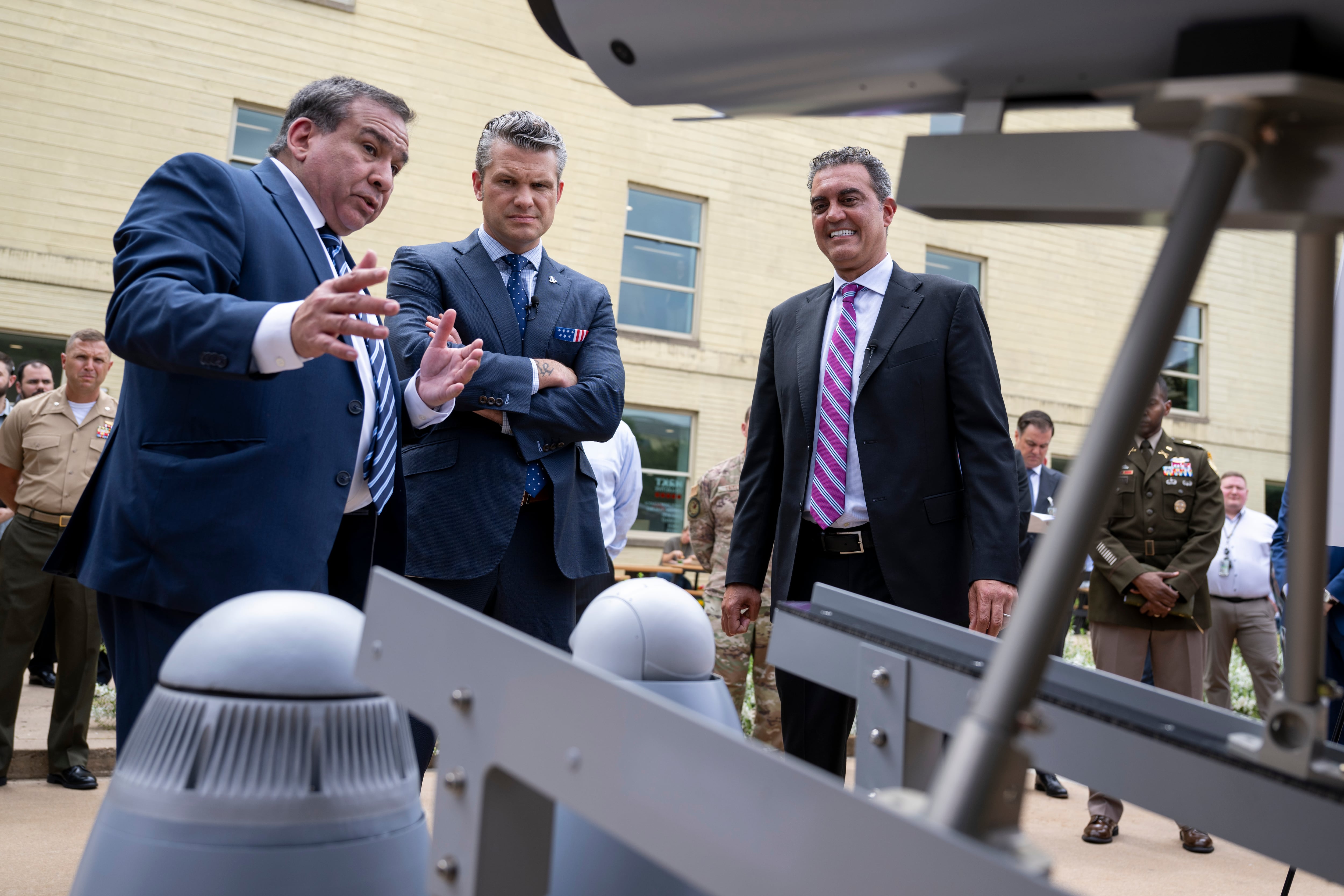Cyber has been an official domain of warfare for nearly a decade, yet the Department of Defense is still learning how to integrate it with operations. And some members of Congress are concerned the traditional military intelligence organs to this day don’t understand intel support to cyber ops.
The House Armed Services Committee is directing that a briefing on the subject must take place by December 1, 2018. The briefing — delivered by the under secretary of defense for intelligence, in coordination with the Defense Intelligence Agency and the military services — is expected, according to a provision in the committee’s annual defense policy bill, to address multiple issues, including:
- Efforts to standardize a common military doctrine for intelligence preparation of the battlefield for cyber operations;
- Efforts to develop all-source intelligence analysts with the capability to support cyber operations; and
- Efforts to resource intelligence analysis support elements at U.S. Cyber Command and the service cyber components.
“The committee is concerned about the Defense Intelligence Enterprise’s ability to provide the cyber community with all-source intelligence support, consistent with the support provided to operations in other domains,” the provision, called an “item of special interest,” says.
In some cases, other intelligence disciplines, such as human intelligence or signals intelligence, might be needed to help enable a cyber operation. A committee aide noted that the goal is to get DoD to think about cyber operations just as operations in any domain and build the infrastructure to support that.
According to Gus Hunt, Accenture Federal Services cyber strategy lead, cyber as a domain is really no different than the others from an intelligence support perspective.
The objective of intelligence, he told Fifth Domain in a recent interview, is to ensure it provides timely information about the adversary, who they are, the status of their capabilities and any information about the threats that are there.
“I think what you’re seeing … is that people are asking the question are we appropriately structured or resourced and focused to be as effective as we possibly can in this new realm of cyber and cyber operations,” Hunt, who previously served as the chief technology officer at the CIA, said.
“Because they’re asking the question, I think the obvious answer is ... we’re not structured as effectively as we possibly can be … [but] it’s really good that people are sitting there asking.”
The Army is experiencing similar problems, especially when it comes to experimenting with force structure changes and bringing cyber effects to the tactical edge, which currently don’t exist.
“We’re not seeing a corresponding growth in the intel organizational structure with the cyber and” electronic warfare, Lt. Col. Chris Walls, deputy division chief for strategy and policy in the cyber directorate of the Department of the Army G-3/5/7, said at the C4ISRNET conference in May.
“The existing intel force structure is really going to be stressed when we put this EW and cyber capability into the field unless they have a corresponding growth and capability as well,” Walls said of tactical cyber effects and teams.
Mark Pomerleau is a reporter for C4ISRNET, covering information warfare and cyberspace.








